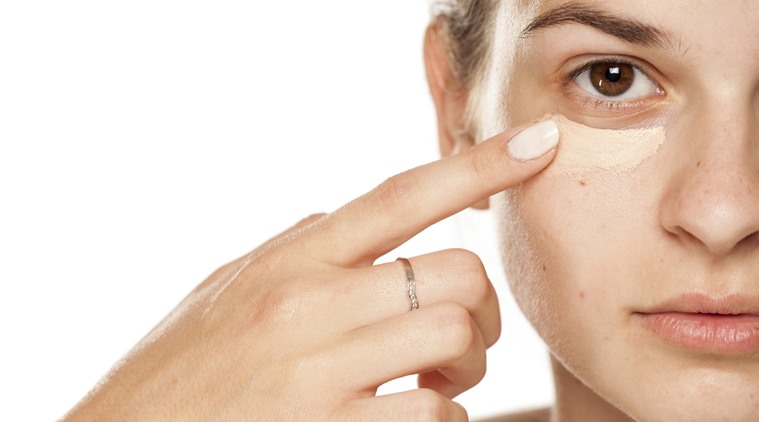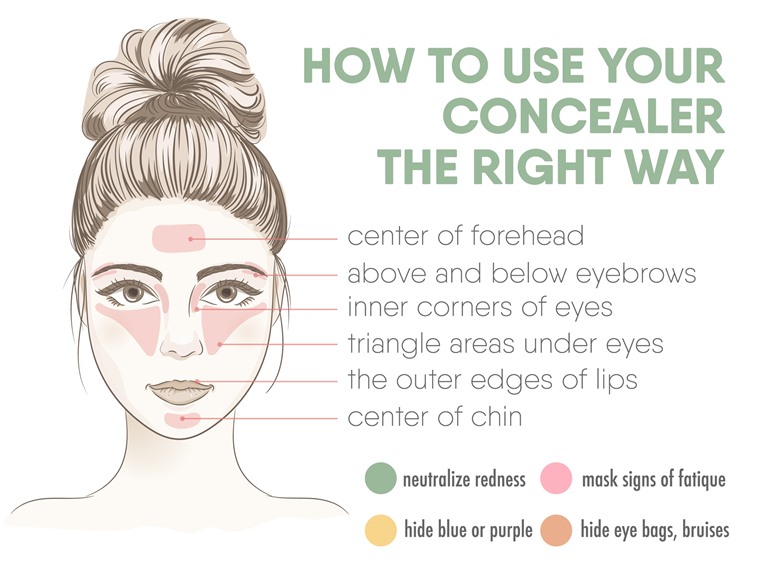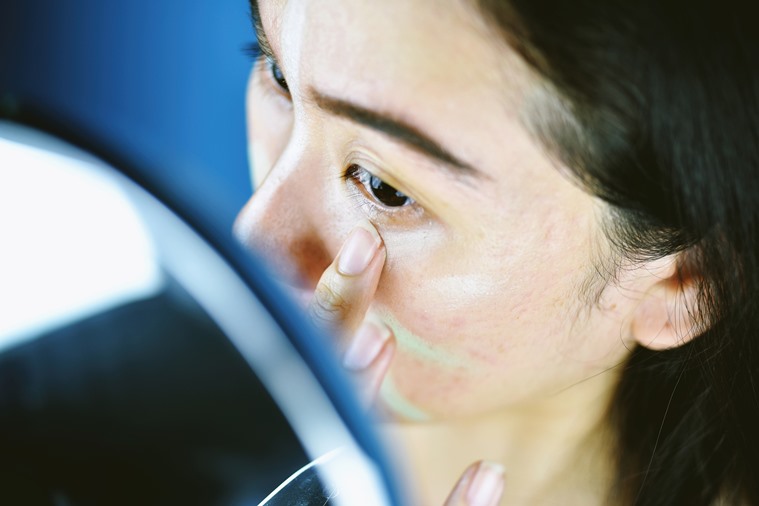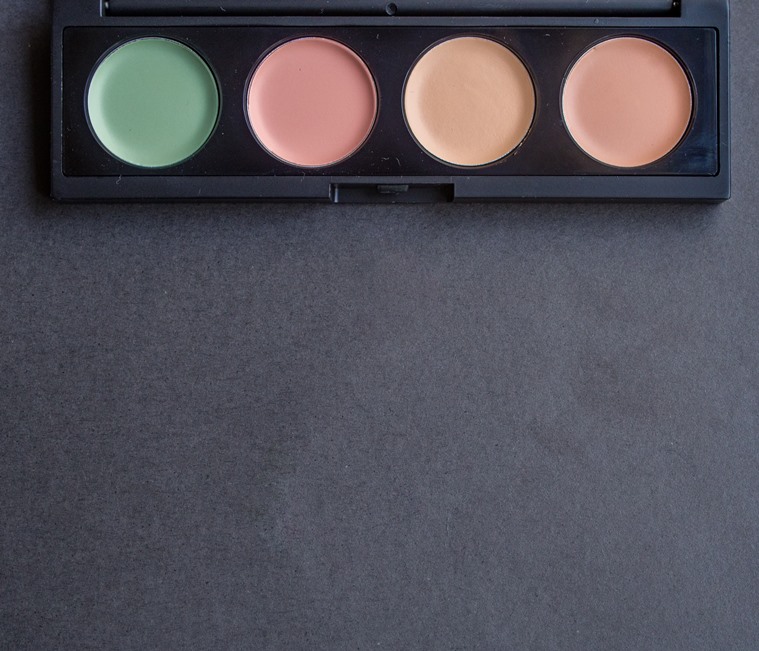What Do the Different Colors of Concealer Mean
 Concealing is an age old trick, but did you know there's a green concealer to combat redness too? (Photo: Thinkstock Images)
Concealing is an age old trick, but did you know there's a green concealer to combat redness too? (Photo: Thinkstock Images)
We all know concealing to be the age-old magic trick to hide dark circles. But a few years ago, major beauty brands launched palettes with creamy green, purple, red, and orange products which they claimed could 'colour-correct'. But wait, aren't colour correctors and concealers the same?
While sunspots, blemishes, acne marks and age spots are harsh realities we battle on our way to achieving the flawless skin of our dreams, it is actually concealing and colour correcting that bring us closer to the dream. But before you get on with it, it is important to know the difference between the two.
Without further ado, we mention the basics you need to keep in mind about concealing and colour correction.
 Here's a little guide to apply concealer the right way. (Photo: Thinkstock Images)
Here's a little guide to apply concealer the right way. (Photo: Thinkstock Images)
Concealers
Concealers, for most part, are found in shades of the skin and are meant to match your skin tone or the shade of your foundation. They are highly pigmented as compared to colour correctors, and when blended into the skin, are supposed to look natural and seamless. Also, they are thicker in consistency and texture. Not only that, concealers are also meant to brighten or highlight your under-eyes and the high-points of your face like the bridge of your nose, the centre of your forehead and your chin. However, avoid using a concealer straight on heavy dark under-eye circles otherwise it will make your under eyes look grey and ashy.
READ| How to choose the perfect concealer
Colour correctors
 If you have a lighter skin tone with dark under eyes, go for a peack colour correcter. (Photo: Thinkstock Images)
If you have a lighter skin tone with dark under eyes, go for a peack colour correcter. (Photo: Thinkstock Images)
As we said, applying a concealer straight can make your eyes look ashy. Here's where colour correctors come into play. Not only for heavy dark under-eyes, you can also use them to hide acne scars or rosacea or even melasma. They are truly a blessing in disguise.
ALSO READ| This hack will help your makeup last longer
They come in various colours, but mostly in orange, lavender, peach and green. Colour correctors are meant to neutralise skin blemishes and make it look natural by toning down the colour of the melanin.
 A purple or a lavender colour correcter brightens skin tones with high yellow undertones. (Photo: Thinkstock Images)
A purple or a lavender colour correcter brightens skin tones with high yellow undertones. (Photo: Thinkstock Images)
Green colour correcter: These colour correctors work best for those who have redness around their nose or are suffering from rosacea or red skin conditions. The green neutralises the red, and if you have a fresh acne bump, dab on some green colour correcter and apply your concealer as usual to banish that zit. Set it with a powder and you will be good to go!
Peach/ orange/ salmon colour correcter: You use them before you go on to apply concealer on your under-eye area. They counteract the darkness and take away the purple tinge. Those with a duskier skin tone suffering from dark under-eyes, can go for an orange colour correcter. This is because orange is the opposite of blue, and helps conceal uneven undertones. However, people with lighter skin tones should instead go for a peach correcter or a salmon one. These are a mix of red, orange and yellow hues and work best when it comes to covering slight discolouration or dark eye circles on lighter skin tones.
ALSO READ| This make-up trend gives you fuller lips without going under the knife
Purple colour correcter: Works best for those whole have pale or high yellow undertones to their skin. The purple/ lavender is a great pick for such skin tones since it brightens the overall complexion. In fact, these work great in covering bruises which almost have an olive-like colour.
Yellow colour correcter:Wondering how to hide a tattoo? The yellow colour correcter comes to your rescue. Not only tattoos but they also work wonders in covering age spots, hyperpigmentation and blue and green bruises.
What Do the Different Colors of Concealer Mean
Source: https://indianexpress.com/article/lifestyle/life-style/what-is-the-difference-between-colour-correcting-and-concealing-6244064/